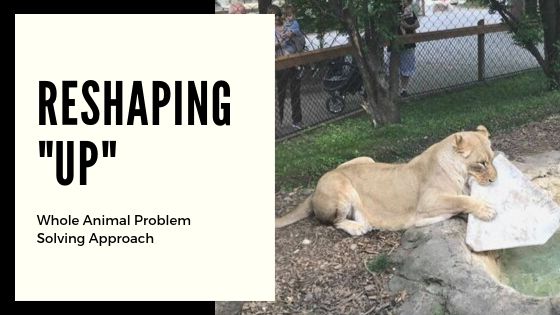
Settle the Ball
This weekend my dad was over and he happens to be a Kansas University basketball fan, he loves the Jayhawks. So, we were watching the game. I’ve never been a big fan of basketball. I played in 4th grade and fouled out so much it wasn’t very fun. In my defense, I just couldn’t understand how if you didn’t get out of my way, when I was dribbling down the court, it was my fault if I ran you over. In 7th grade, I was a basketball cheerleader and probably learned more about the game at that point, but moved on to be a football cheerleader in 8th grade and quickly lost interest in the game. As we were watching KU lose (sorry dad), a few key words came to mind that I remembered coaches and fans saying when the teams got sloppy: “Settle it down boys. Settle the ball.”
Likely that phrase stuck with me for a whole host of reasons, probably the most powerful one is the fact that I need to listen to that message daily in my life.
Slow down
When I’m answering phones, questions from the team, sending emails, and on my way to the next training session; or when I’m putting my kids in the bath, clearing the table after dinner, and starting laundry, all while picking up around the house, I just need to take a breath and “settle the ball”.
When I was observing a training session just a day after watching basketball with my dad, the animal darted in to the training area and missed the first few cues in the session. The trainer stopped, waited for the animal to be calm and then bridged, reinforced, and dove back in to the session. The animal was incredibly successful after that pause and didn’t have another error. Afterwards, I said to the trainer, “Great choice taking that pause, you needed to “settle the ball” and it worked.”
Least Reinforcing Scenario
Some people might call this “settle the ball” tactic an LRS (Least Reinforcing Scenario). Sea World animal trainers invented this approach to reduce aggression following an incorrect response. You can read their definition here. I’ll try to put it in terms I understand to see if it helps. It can be a hard concept to understand and one that is mis-defined and misused regularly.
- The trainer cues the animal.
- The animal does not respond to the cue, or responds with an incorrect or undesirable behavior.
- The trainer pauses, does not reinforce the incorrect response with food or by doing anything different, but does not leave the area or turn away from the animal.
- The pause can vary in length depending on the rhythm of the particular session.
- That pause acts like a cue for the animal to return to trainer calmly, or remain with trainer in a calm position.
- After the pause and the calm response, the trainer will offer an opportunity to gain reinforcement.
- This opportunity could be bridging and reinforcing the calm response to the pause, asking an easier behavior that the animal will be successful at, or if the trainer knows why the animal missed the cue in the first place the trainer might re-cue the missed behavior.

Now here’s the cool part, if this doesn’t make a lick of sense to you. Don’t do it! Find another way to “settle the ball” after an error.
Regardless of what tactic you use, have a game plan. Before you head in to the session what will you do if the animal makes a mistake? What will you do to “settle the ball”?





